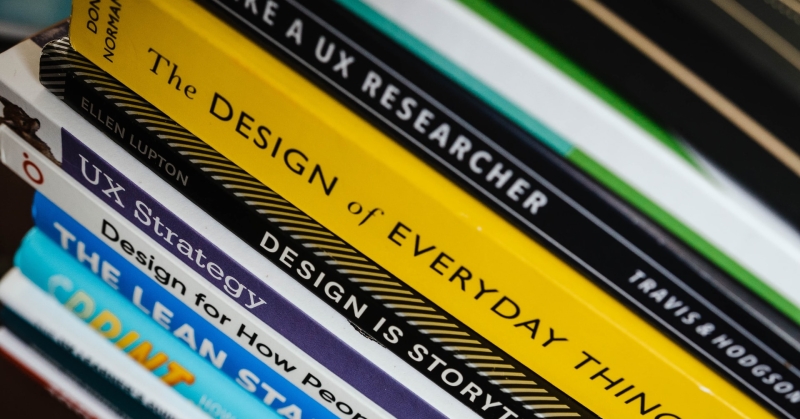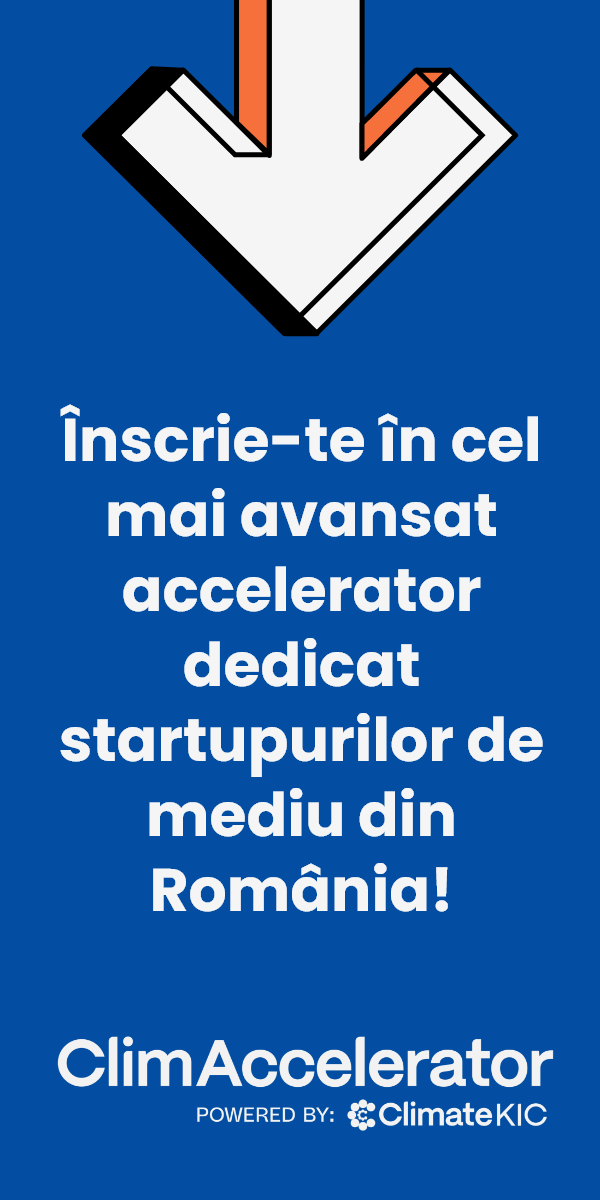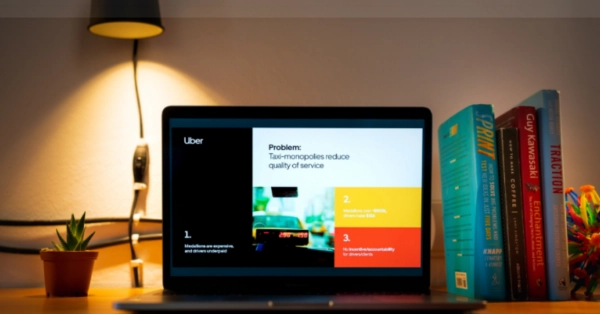Design Thinking is based on a strong desire to learn more about the people for whom we are making goods or services. It enables us to observe and empathize with the target user. Whenver building anything digital - but its uses go beyond digital - you should consider applying its principles. They will help you come up with more relevant, useful and satisfying products or services.

Design Thinking is an iterative process in which we try to understand the user, challenge assumptions, and reframe challenges in order to find new tactics and answers that aren't immediately obvious based on our current level of understanding. Simultaneously, Design Thinking offers a problem-solving strategy centred on solutions. It is both a style of thinking and functioning as well as a set of practical techniques.
Why is Design Thinking important to the creative process?
Design Thinking is based on a strong desire to learn more about the people for whom we are making goods or services. It enables us to observe and empathize with the target user. Design Thinking aids in the process of questioning: the problem, the assumptions, and the consequences. By re-framing the problem in human-centric ways, producing numerous ideas in brainstorming sessions, and taking a hands-on approach to prototyping and testing, Design Thinking is highly beneficial in solving challenges that are ill-defined or unknown. Sketching, prototyping, testing, and trying out new ideas are all part of Design Thinking.
When you use design thinking, you're combining what's desired from a human standpoint with what's technologically and economically practical. It also enables people who aren't designers to utilize creative techniques to solve a wide range of problems. Taking action and asking the correct questions are the first steps in the process. It's all about adopting basic attitude modifications and approaching things from a different perspective.
The design thinking methodology in action
Immersion, ideation, and implementation are the three separate aspects of the design thinking paradigm. This framework may be further broken down into the design thinking process' five actionable steps:
- Empathize
- Define
- Ideate
- Prototype
- Test
Despite the fact that these processes appear to be in order, it's vital to note that design thinking isn't a strictly linear process. You're likely to uncover fresh discoveries at each level of the process, requiring you to go back and repeat a prior phase.
Stage 1 - Empathize
What? You'll interact with and watch your target audience throughout the empathize phase.
Why? This step's goal is to create a clear image of who your end customers are, what issues they confront, and what demands and expectations they have.
How? You'll conduct surveys, interviews, and observation sessions to develop user empathy.
For instance, suppose you wish to address the issue of employee retention by having each employee fill out an anonymous survey. After that, you conduct user interviews with as many workers as possible to see how they feel about business retention.
Focus on the emotional aspect of interactions as you continue to create empathy for your people. Emotions have a huge impact on how we think about items. Users are more inclined to stick with things if they have favorable connections with them. As a result, it's critical to gather emotional responses both good and bad from participants when they do a certain activity in a product.
Stage 2 - Define
What? The next stage is to construct a concise issue statement based on what you learned during the empathize phase.
Why? The precise difficulty you will solve is outlined in your problem statement. It will lead you through the rest of the design process, providing you with a clear objective to work toward and reminding you to keep the user in mind at all times.
How? You'll focus on the user's needs rather than the business's while developing your issue statement. A good issue statement is human-centred, wide enough to allow for creativity while yet being explicit enough to give direction and assistance.
"My team must be able to keep a healthy lifestyle while working at the office," for example, is a far more user-centric statement.
Stage 3 - Ideate
What? You'll now try to come up with as many ideas and potential solutions as possible, starting with a clear problem definition.
Why? The ideation stage encourages you to think beyond the box and consider fresh possibilities. You're more likely to liberate your thoughts and stumble across creativity if you focus on numbers rather than quality of ideas.
How? You'll employ a variety of ideation approaches during dedicated ideation sessions, including bodystorming, reverse thinking, and the worst possible idea.
For example, you have many ideation sessions with a range of stakeholders based on what you learned during the empathize phase. You come up with as many suggestions as possible for how to make your staff happy and hence more likely to stay with the firm, using your issue description as a guide.
Stage 4 - Prototype
What? You'll now develop your ideas into prototypes, or "scaled-down" versions of the product or concept you want to test after you've whittled them down to a handful.
Why? The prototype step provides you with something substantial to test on actual people. Maintaining a user-centric strategy requires this.
How? Prototypes can range from simple paper models to interactive, digital prototypes, depending on what you're testing. Have a clear purpose in mind while designing your prototypes; know exactly what you want your prototype to depict and therefore test.
For instance, during the ideation process, one suggestion was to provide free yoga courses. You set up a special yoga area in the office, equipped with mats, water bottles, and hand towels, to test this idea.
Stage 5 - Test
Why? You can identify where your prototype performs effectively and where it needs to be improved throughout the testing process. You may make modifications and enhancements based on customer input before investing time and money in creating and/or executing your solution.
How? You'll see your target people as they engage with your prototype throughout user testing sessions. You can also get feedback verbally. You'll make modifications to your design or come up with an entirely new idea based on what you learned throughout the testing process!
For instance, suppose you decide to put the yoga notion to the test for two months to observe how employees react. People appreciate the yoga lessons but are turned off by the fact that they are held in the middle of the day with no place to shower. You decide to transfer the yoga lessons to the evening based on this feedback.























